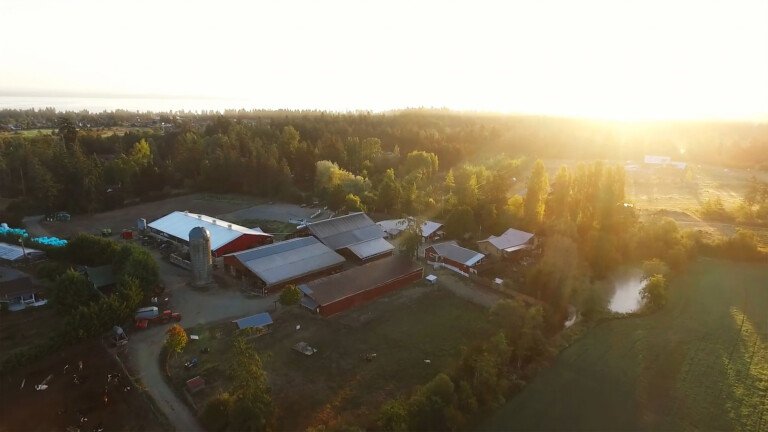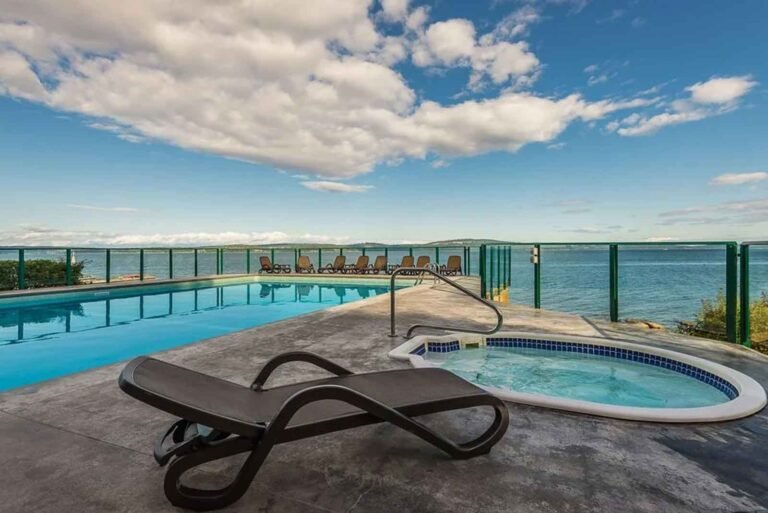Craigflower was one of Vancouver Island’s first European farming communities, established in 1853 along Victoria’s Gorge Waterway. The Puget Sound Agricultural Company, owned by the Hudson’s Bay Company, established farms to reduce the need for importing goods from abroad, and to meet the Hudson’s Bay Company’s obligations to Britain to support colonization. On lands purchased from chiefs of the indigenous aboriginal people, Kenneth McKenzie oversaw construction of a self-sufficient settlement.
Long before the arrival of the Craigflower settlers in the mid-1800s, the Kosapsom families occupied this area, with their people using the Gorge waterway and its adjacent lands for shellfish collection and processing during the 5,000 year period prior to European contact. The descendants of the Kosapsom are the Esquimalt Nation, whose people still harvest shellfish, salmon and herring from the tidal waters that separate the Manor from the Schoolhouse.
The Kosapsom Nation’s ancestors left behind ash deposits, the shells from the seafood they ate and used, and tools made from stone and bone. The oldest artifact found so far is a crystal quartz microblade (like a small stone razor blade) dating back approximately 2,500 years. Today, the original Georgian Manor house, partly built on the old H.B.C. post-and-beam design, still stands amid fields and gardens, and across the bridge, the oldest remaining schoolhouse in western Canada gives children re-enactment opportunities to experience Victorian attitudes about schooling!
The two-storey log home is one of the last remaining links to original settlement farms established by the Hudson’s Bay Company circa 1850s. It is the third oldest building in British Columbia: only Helmcken House at the Royal BC Museum and Tod House in Oak Bay are older.
Craigflower occupies several open hectares at the junction of Craigflower Road (Old Island Highway 1A, almost parallel with the main Trans-Canada Highway 1) and Admirals Road. It is just a 10-minute drive from downtown Victoria and directly accessible from the Trans-Canada via Admirals Road for those approaching Victoria from Duncan and Goldstream Provincial Park. Craigflower is available year-round for booked tours and groups. Program offerings vary widely to suit the needs of individual tour groups. Daytime and evening programs can be arranged for any day of the week. Please be sure to call in advance for group visits.
Craigflower Manor came close to destruction by fire in January 2009. The source of the fire appeared to be a heater under the stairs. Fire crews were credited for their quick work for containing the flames to a hallway and kitchen on the bottom floor, saving priceless and irreplaceable artifacts from damage in the dining room and living room just metres away.
Alerted by a modern-day fire alarm system, heavy black smoke billowed out of the windows when firefighters from Colwood, Esquimalt and View Royal arrived. Greeted by a fireball when they kicked in the back door, firefighters prevented the flames from entering the walls, where the fire would have traveled unimpeded to the attic and quickly engulfed the entire house.
The province of British Columbia took over ownership of Craigflower Manor and its schoolhouse in 2012 from The Land Conservancy of BC. The Victoria Highland Games Association now rents the historic manor to host special weekend events and attract visitors to tour Craigflower Manor. As the manor is being operated with the aid of volunteers, there are no set museum hours for general public viewing. However, the grounds and ancient Kosapsom Village Site are open year round for self-guided tours.






